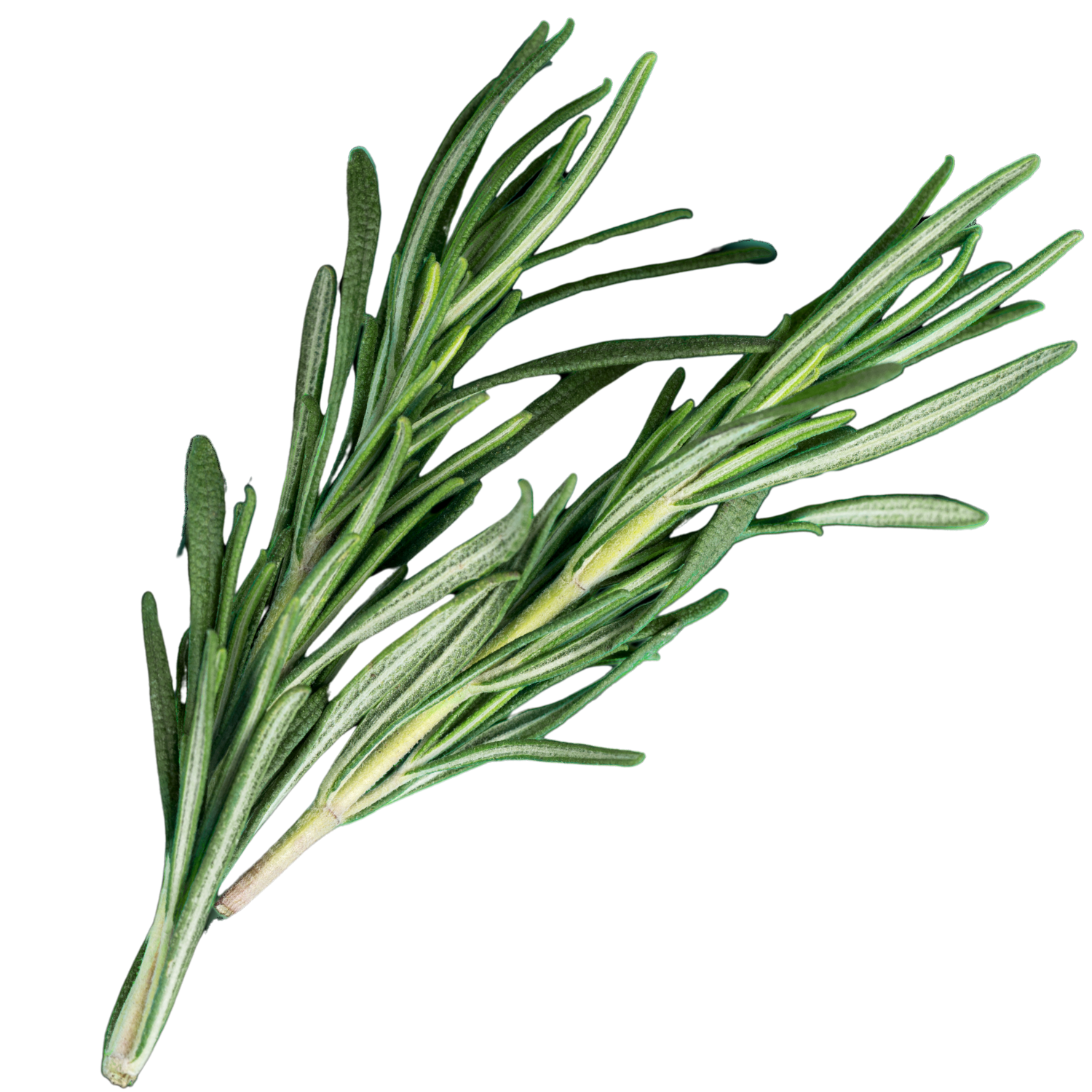Flower Dipped Palo Santo
Flower Dipped Palo Santo
Couldn't load pickup availability
Sustainably and ethically harvested palo santo was dipped in beeswax and a blend of dried herbs and flowers. Palo santo is also known as "holy wood". It smells similar to its relative, frankincense with a deep, rich, resinous, and sweet aroma. This blend of herbs not only cleanses and clears negativity but it brings in joy, peace, harmony and love.
The palo santo is coated in beeswax which helps it stay lit longer, like a candle. To use, simply light the end and lay in a heatproof dish. Beeswax may drip if you don't use a dish or bowl. Use the smoke to clear your space or your body before ritual.
Choose from a single stick, a set bag of 3 or a bag of 4 mini sticks.
.
INGREDIENTS
INGREDIENTS
Bursea graveolensis (palo santo), Citrus sinensis (orange) peel*, Calendula officinalis (marigold) flower*, Lavandula angustifolia (lavender)*, Matricaria chamomilla (chamomile)*, Rosa damascena (red rose)*, Rosa damascena (pink rose)*, Jasminum grandiflorum (jasmine)*, Rosmarinus officinalis (rosemary)*, Centaurea cyanus (cornflower)* (*organic)


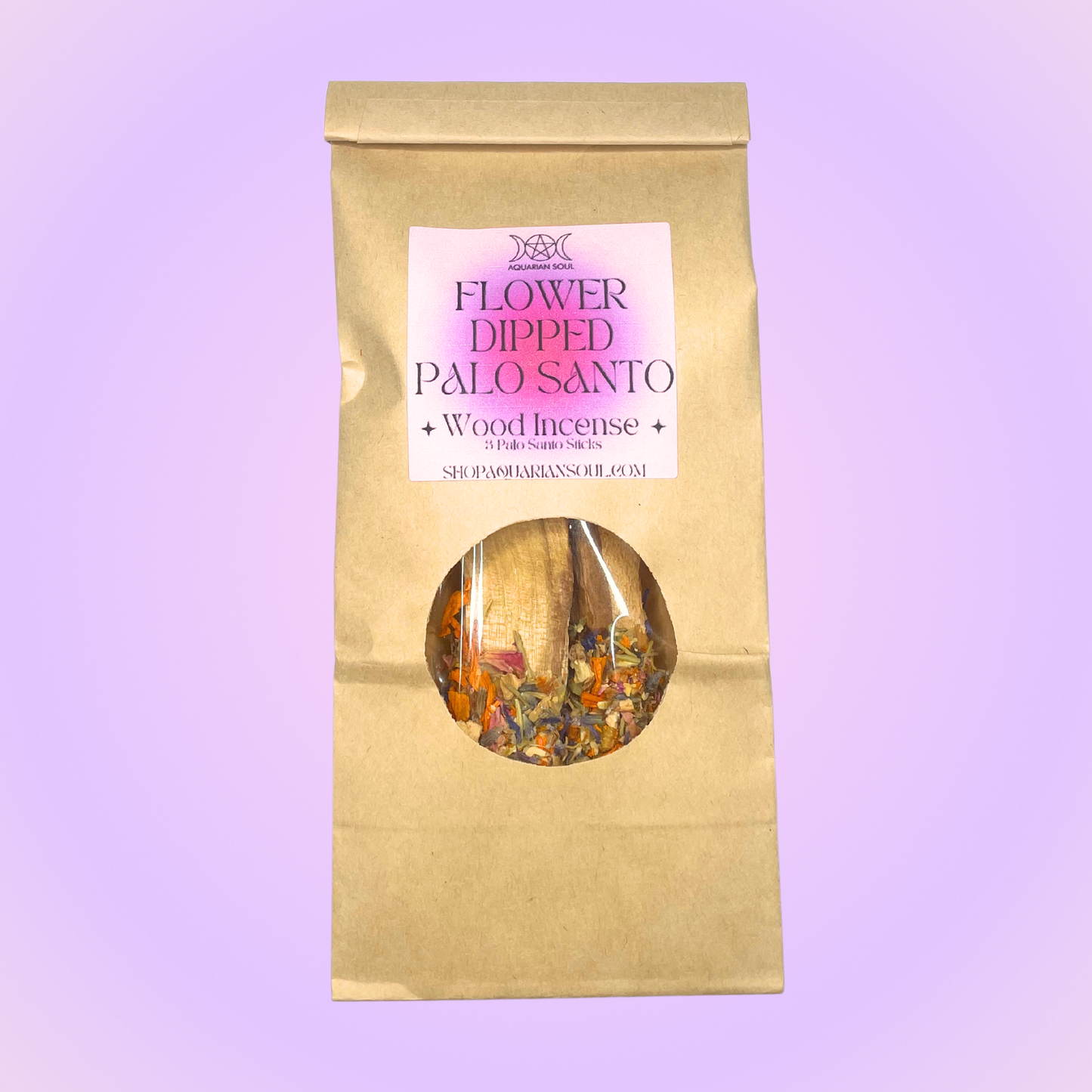





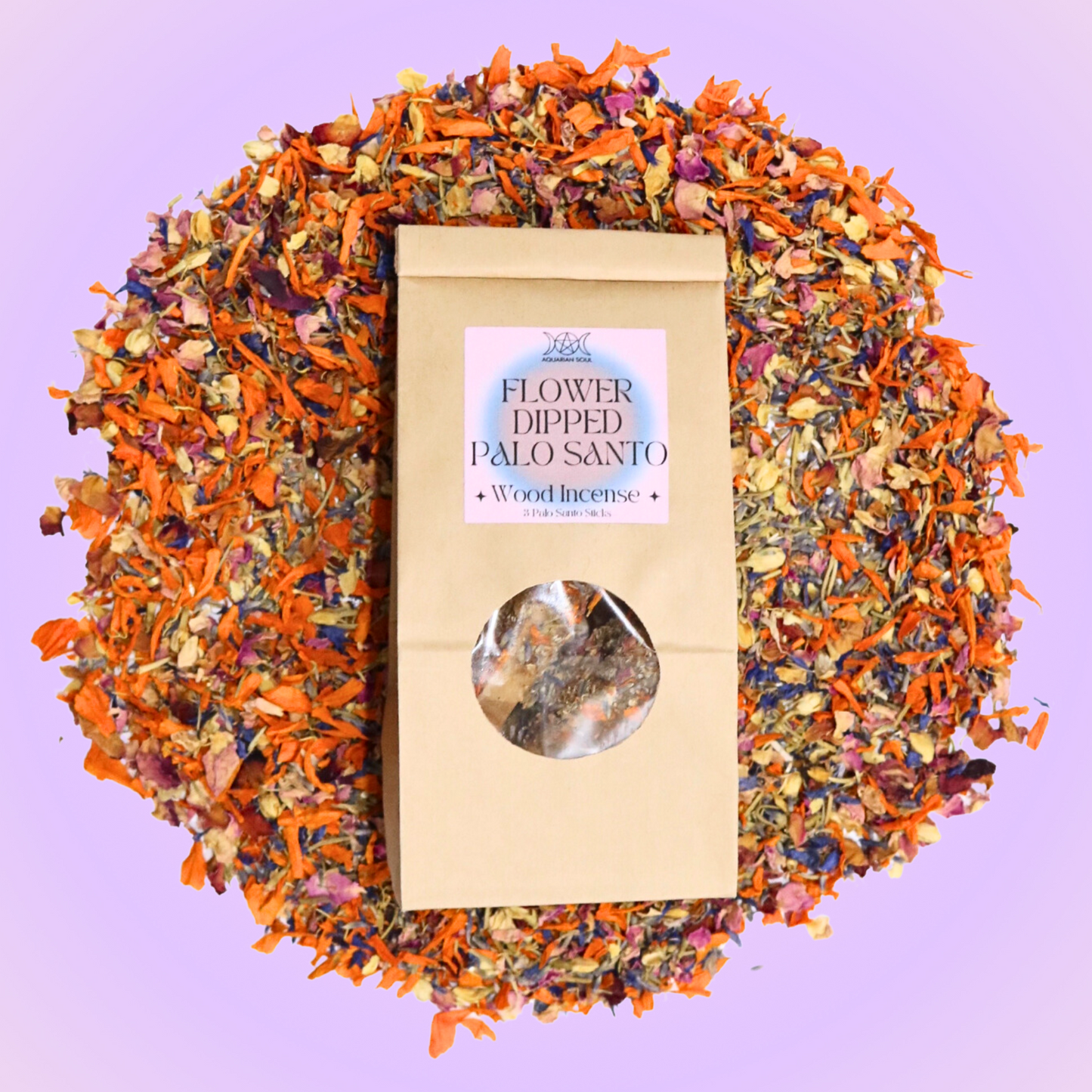

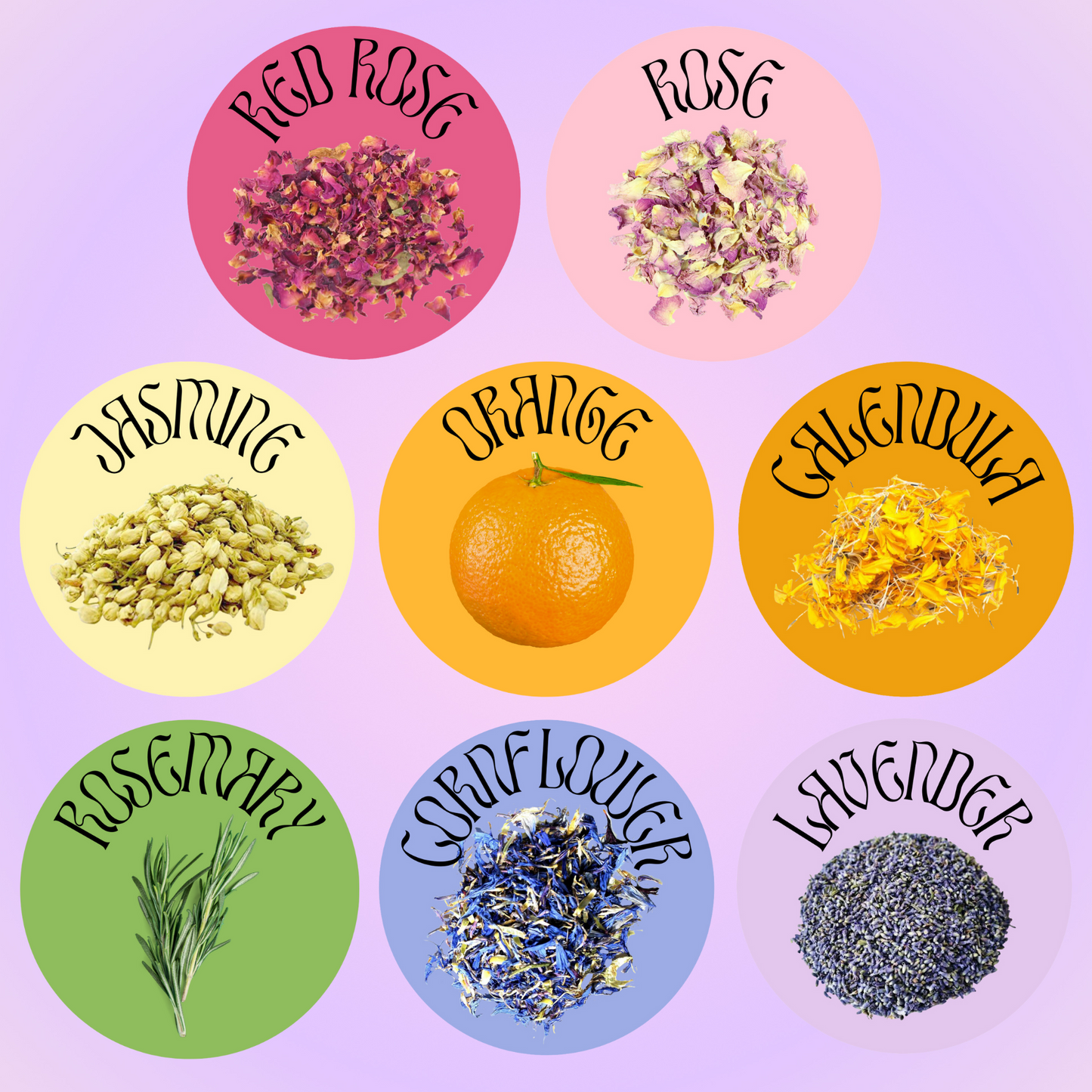
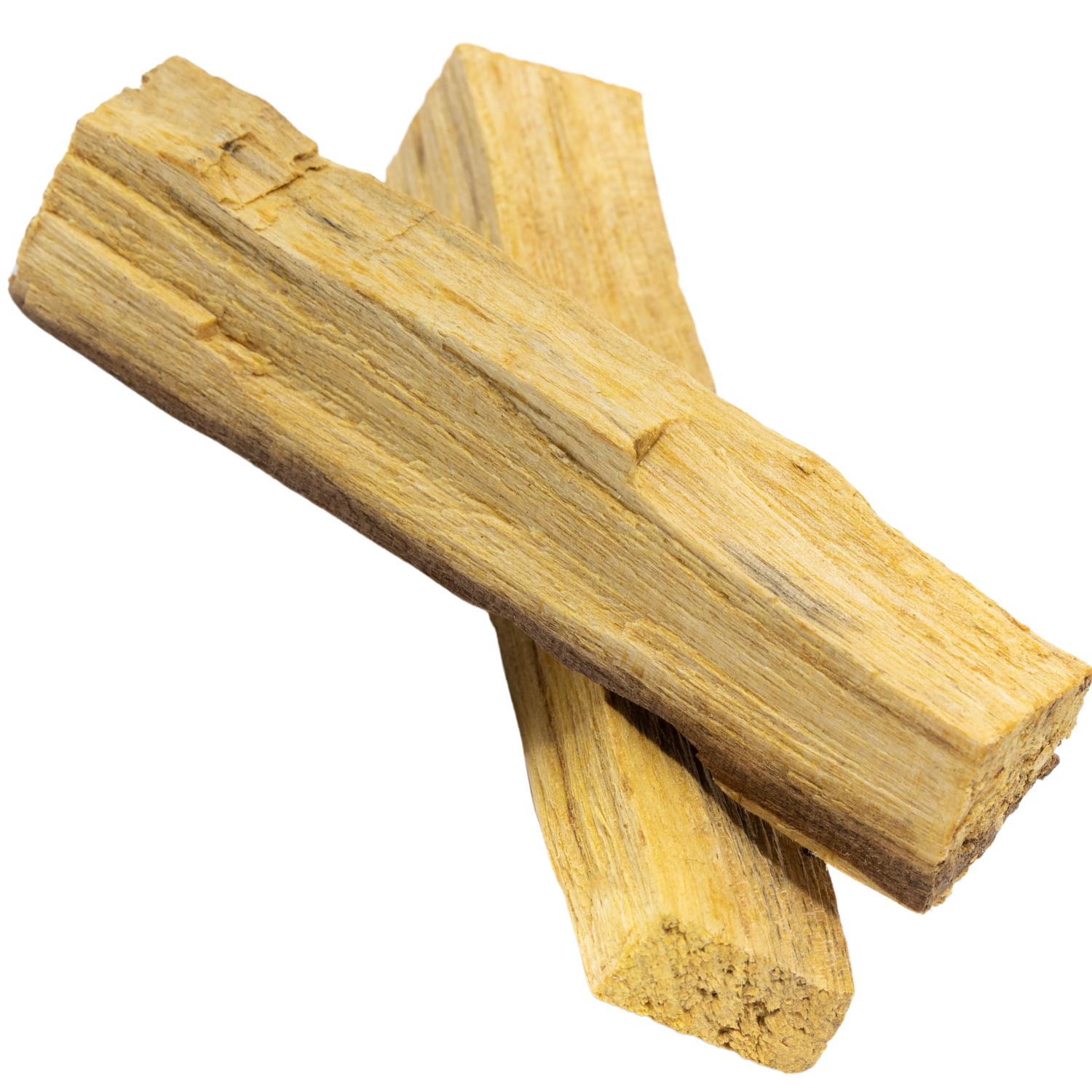
ETHICAL HARVESTING
Palo Santo has had some confusing misinformation surrounding it. Palo Santo is NOT endangered. According to the International Union for Conservation of Nature (IUCN) Bursera graveolensis is considered stable and of least concern. It is also not on the United Plant Savers (uPS) at risk list. It is often being confused with another species— Bulnesia sarmientoi that is endangered. In order to be sustainably and ethically harvested, palo santo needs to live out its life, and naturally fall to the forest floor. It needs to age for 5-8 years before it is usable. Unethical harvesting of this sacred tree involves cutting the tree down and not allowing for this natural process to occur for profit. Our palo santo comes from 100% ethical sources in Ecuador.

















